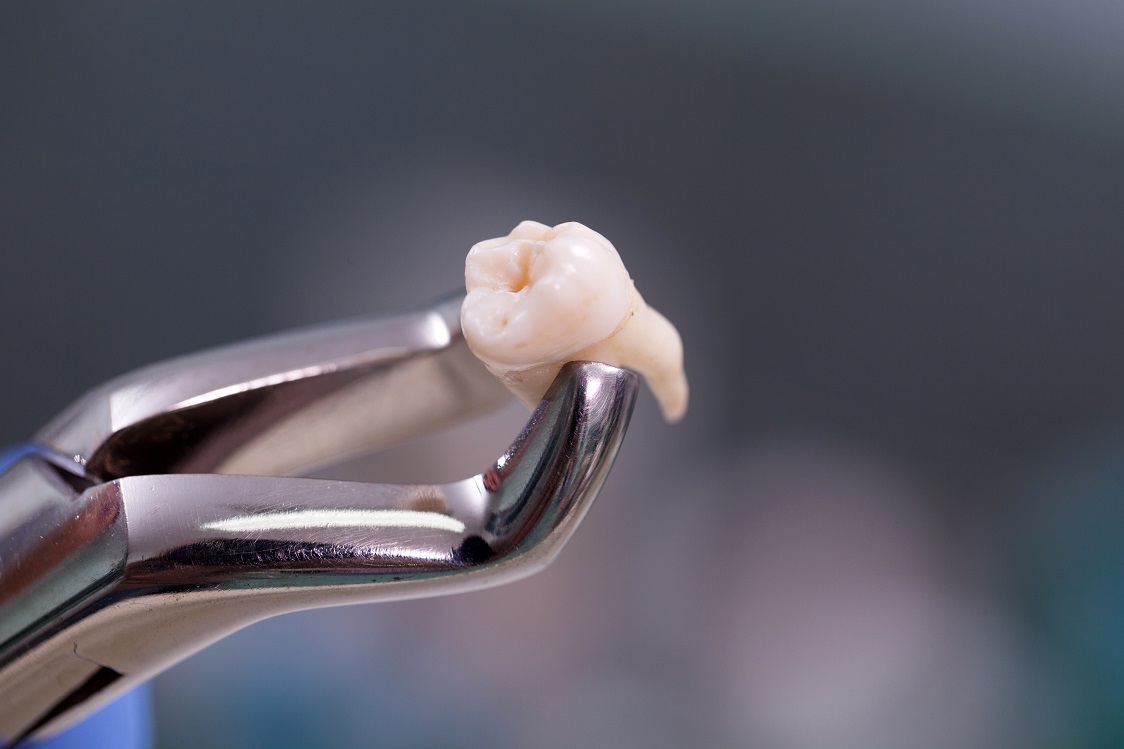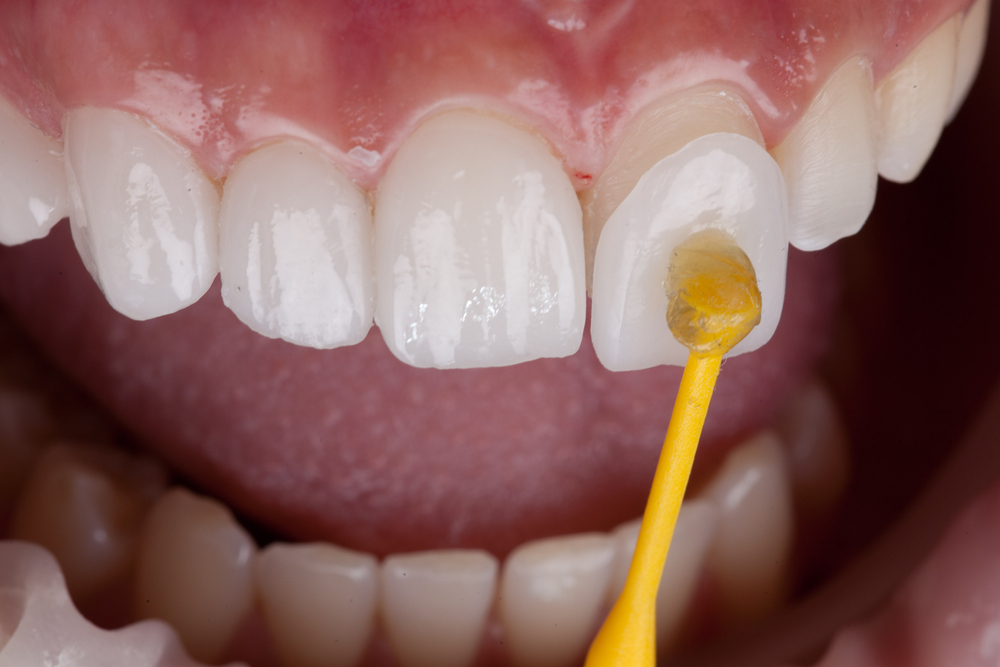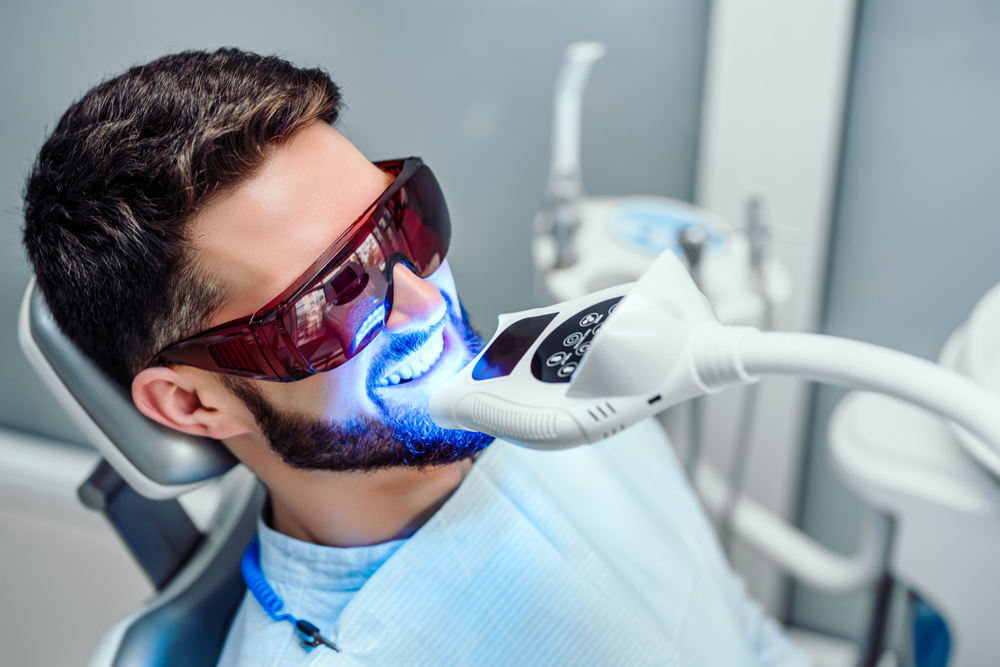Imagine biting into a juicy apple and feeling a sharp sting in your tooth. Nobody wants that. This discomfort, my friends, could be due to several reasons – and sometimes, it necessitates a tooth extraction.
Cavities: Often, these are the sneaky culprits. They start small, just tiny blips of decay. But when left unchecked, cavities can consume a substantial portion of the tooth, leaving extraction as the only option to prevent the spread of decay or infection.
Infections: Here’s the deal – once an infection reaches the pulp (the innermost part of the tooth), it can be a real party pooper. If treatments like root canals don’t work or aren’t feasible, it’s time for the tooth to go, ensuring the infection doesn’t spread or worsen.
Overcrowded Teeth: Ever felt like there’s just no room to breathe in a crowded place? Your teeth can feel the same way. Sometimes, for orthodontic reasons, a tooth might need to be removed to give neighboring teeth the space they need to align properly.
Now, if you find yourself in the dentist’s chair hearing the words, “You need a tooth extraction,” don’t fret. Dr. Dawson and Dr. Turke at Smile Science Dental Spa have got your back, ensuring the procedure is as seamless as possible.
Immediate Aftermath: The First Few Hours

Stepping out of the dental clinic post-extraction can feel like you’ve just completed a marathon (of sorts). There’s numbness, a tad bit of discomfort, and probably a bunch of questions whirling in your mind.
Numbness: That slightly weird sensation? It’s just the local anesthesia doing its job, ensuring you don’t experience pain during the extraction. It’ll wear off after a few hours, gradually allowing normal sensation to return. Pro tip? Avoid hot drinks or food until the numbness subsides. You wouldn’t want to accidentally bite your cheek or tongue.
Discomfort: A little soreness is par for the course. After all, one of your pearly whites just made its exit. But remember, this discomfort is temporary and manageable.
The Gauze Factor: Ever wonder why dentists ask you to bite down on gauze after an extraction? It’s to help form a clot in the extraction site. This clot is the starting point of healing, so it’s essential to leave it undisturbed. Dr. Turke often says, “Think of the gauze as your tooth’s best friend for the next few hours. Give it a gentle bite and let the healing begin.”
Day 1: Rest and Recovery

Waking up the day after a tooth extraction, you might feel like you’ve earned some superhero badges. But, even superheroes need downtime. Here’s your game plan for the first 24 hours post-extraction:
Taking it Easy: Your body is in healing mode, so consider this your official permission slip to kick back and relax. Binge-watch that show you’ve been meaning to catch up on or dive into that book that’s been collecting dust. And while you might feel the urge to hit the gym or tackle major household chores – don’t. Strenuous activities can increase blood flow to the extraction area, potentially disrupting the healing process. Dr. Dawson often jokes, “It’s the one day I’ll advise against the gym!”
Soft Diet Recommendations: Now, about those hunger pangs. On Day 1, your best buddies are foods that are easy on your mouth. Think yogurt, pudding, mashed potatoes, or smoothies. Keep it cool or lukewarm – nothing too hot or spicy. And as tempted as you might be with that crunchy snack, resist. It’s a short-term sacrifice for a smoother recovery.
Swelling & Bruising: What’s Normal?
Ever bumped your shin and watched it swell? The body’s response to trauma – even controlled trauma like tooth extraction – is somewhat similar.
Expected Swelling: Some puffiness around the extraction site, especially if it was a wisdom tooth, is perfectly normal. It’s just your body’s way of saying, “I’m on it!” Most people see swelling peak around the second or third day before it starts to go down. To minimize this, apply a cold pack to the cheek area for 15 minutes on, then 15 minutes off. Dr. Turke recommends this as a fantastic way to combat swelling and even provide a bit of numbing relief.
Bruising – A Rarity: While swelling is a common guest, bruising doesn’t pop by often. But if it does, don’t panic. Like that unsightly bruise from a random bump, it will fade with time. Yellowish, blue, or green tinges on the skin near the extraction site can happen, especially if it was a particularly challenging extraction. If you notice this, warm compresses can be your go-to after the first 24 hours. But remember, if anything seems off or if the bruise doesn’t start fading after a week, it’s a good idea to reach out to Smile Science Dental Spa for a quick check.
There we have it! The first day post-extraction might feel a bit surreal, but with the right care steps and a touch of patience, it’ll just be a blip in your dental health journey. Always remember, Drs. Dawson and Turke are just a call away for any concerns.
Oral Care Post-Extraction Rinsing with salt water. Gentle brushing techniques. Avoiding the extraction site. Dealing with Pain and Discomfort Over-the-counter pain relief options. Tips from Drs. Dawson and Turke on managing discomfort.ChatGPT
Oral Care Post-Extraction
With your tooth happily extracted, you might wonder, “How do I keep things clean without disturbing the site?” Great oral hygiene is essential, even (or especially) after an extraction. Here’s the low-down on post-extraction oral care:
Rinsing with Salt Water: Ah, the humble salt water rinse – it’s a classic for a reason. Starting the day after your extraction, gently swish with a warm salt water solution (about ½ teaspoon of salt in a cup of warm water). It acts as a natural disinfectant, promoting healing and warding off potential infections. But remember, the key word here is “gentle.” Aggressive rinsing could dislodge that all-important blood clot.
Gentle Brushing Techniques: Keep your toothbrush’s bristles soft and your technique even softer. Avoid electric toothbrushes for a few days, and when brushing near the extraction site, be as gentle as if you were brushing a tomato. Dr. Dawson puts it this way, “Imagine the extraction site as an eggshell. You wouldn’t want to crack it!”
Avoiding the Extraction Site: For the initial days, treat the extraction site like a VIP area in a club – no unsolicited entry. Whether it’s brushing, flossing, or using a tongue scraper, steer clear of the area to give it ample time to heal.
Dealing with Pain and Discomfort

While a tooth extraction is a routine procedure, it’s natural to experience some discomfort afterward. But, fret not. Here’s how to keep that discomfort in check:
Over-the-counter Pain Relief: Most of the time, over-the-counter pain relievers like ibuprofen or acetaminophen are enough to tackle post-extraction pain. Always follow the recommended dosage and ensure there’s no medical reason to avoid them. And hey, always reach out if you’re unsure.
Tips from Drs. Dawson and Turke: Our dynamic dental duo has a few tricks up their sleeves. Dr. Turke suggests, “Keep your head elevated, even when sleeping, for the first few nights. It can help reduce pain.” Dr. Dawson adds, “Stay hydrated and avoid caffeine. It sounds simple, but hydration can significantly affect the recovery process.”
Your comfort and well-being are the top priorities at Smile Science Dental Spa. So, while these tips should set you on the right path, never hesitate to reach out if things don’t feel right. Drs. Dawson and Turke are always ready to lend an ear and a helping hand!
Signs of Complications: When to Reach Out to Smile Science
While most tooth extractions go off without a hitch, being vigilant about potential complications is key to ensuring your oral health isn’t compromised.
Symptoms to Watch Out For:
- Dry Socket: If the pain suddenly increases a few days post-extraction or you notice a foul taste in your mouth, it could be a dry socket. This happens when the blood clot gets dislodged or dissolves prematurely, exposing the underlying bone.
- Infections: Persistent swelling, pus, fever, or an unpleasant odor might indicate an infection. Remember, infections are not just limited to the extraction site; they can spread, so swift action is vital.
- Prolonged Pain: Some discomfort is standard, but if the pain doesn’t subside after a week or becomes more intense, it’s a sign to consult the professionals.
At Smile Science Dental Spa, the team is always on standby. Whether it’s to address your concerns or to schedule an emergency consultation, we’re here to help.
Long-Term Considerations: Filling the Gap
While the initial recovery is crucial, it’s also essential to think about the long haul. With an extracted tooth, you’ve got options, and choosing the right one is pivotal for your dental health.
Options to Explore:
- Implants: These are like the VIPs of tooth replacements. Acting as artificial tooth roots, they offer stability and can last a lifetime with proper care.
- Bridges: Think of them as connectors. They ‘bridge’ the gap using the neighboring teeth for support, providing a fixed solution.
- Leaving it As Is: Depending on the location of the extracted tooth, sometimes it’s okay to leave the gap, especially if it doesn’t impact function or aesthetics.
To chart the best course, Smile Science offers consultations with either Dr. Dawson or Dr. Turke. They’ll assess your individual situation and guide you towards the optimal solution.
Conclusion: Your Dental Health Journey Continues
Tooth extraction might feel like a significant pitstop, but remember, it’s just one part of your broader dental health journey.
Regular check-ups are your secret weapon against dental issues. They help catch potential problems early and ensure that your oral health remains in top-notch condition.
At Smile Science Dental Spa, our commitment isn’t just to treat; it’s to educate, guide, and be a partner in your oral health journey. Whether it’s post-extraction care or preventive measures, Drs. Dawson and Turke, along with the whole team, are dedicated to ensuring your smile stays as radiant as ever. So, until your next visit, keep smiling and take care!
Further Reading
- Strategies used to inhibit postoperative swelling following removal of impacted lower third molar
- Prevalence of Postoperative Infection after Tooth Extraction: A Retrospective Study
- Post-operative Instructions for Extractions/Oral Surgery






